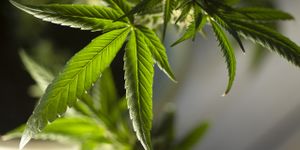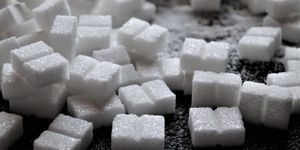A recent study published in the journal Circulation has shown that access to urban green and blue spaces, such as parks and rivers, leads to lower odds of developing coronary artery calcification, especially in Black individuals and individuals from deprived neighborhoods.
The study included over 1,300 Black individuals and over 1,500 White individuals who were participants in the Coronary Artery Risk Development in Young Adults (CARDIA) study. The percentage of blue and green space near the participants’ residential addresses were measured along with their address’ distances to the nearest major blue and green spaces. Participants were then followed for an average of 25 years, and the presence of coronary artery calcification was measured when participants were around 50 years old. Coronary artery calcification is an early sign of coronary artery disease that occurs when calcium builds up in arterial plaque. Access to urban blue and green spaces has been previously linked to better cardiovascular health, and this study sought to determine how race and socioeconomic status factor into this association.
The results showed that more access to urban blue and green spaces was associated with lower risk of coronary artery calcification and that the effect was particularly pronounced for Black individuals and individuals with lower socioeconomic status. Black participants with greater access to green spaces had around a 35% lower risk of coronary artery calcification, and Black participants with greater access to rivers had around a 32% lower risk. In general, a 10% increase in green space led to a 15% lower risk of calcification.
The authors stated that these results support the need for environmental and infrastructure policies that allow greater access to blue and green spaces, especially in urban and socioeconomically disadvantaged neighborhoods. Access to these spaces likely leads to better cardiovascular and arterial health due to increased opportunities for exercise, socializing, and stress relief.
Sources: Circulation, Science Daily




